How to Optimize Your Printing and Packaging Process for Maximum Efficiency
In the competitive landscape of modern manufacturing, optimizing your printing and packaging processes is crucial for enhancing overall efficiency and reducing costs. According to a report by Smithers Pira, the global printing and packaging market is expected to reach $1 trillion by 2024, driven by innovations and increasing demand for sustainable solutions. With data indicating that inefficient printing and packaging can account for up to 30% of operational costs, businesses are compelled to refine these processes to maintain profitability and competitiveness. By integrating advanced technologies and adopting best practices, organizations can not only streamline their operations but also improve product quality and sustainability in the printing and packaging sector. Emphasizing this optimization is essential for companies eager to thrive in an ever-evolving marketplace.
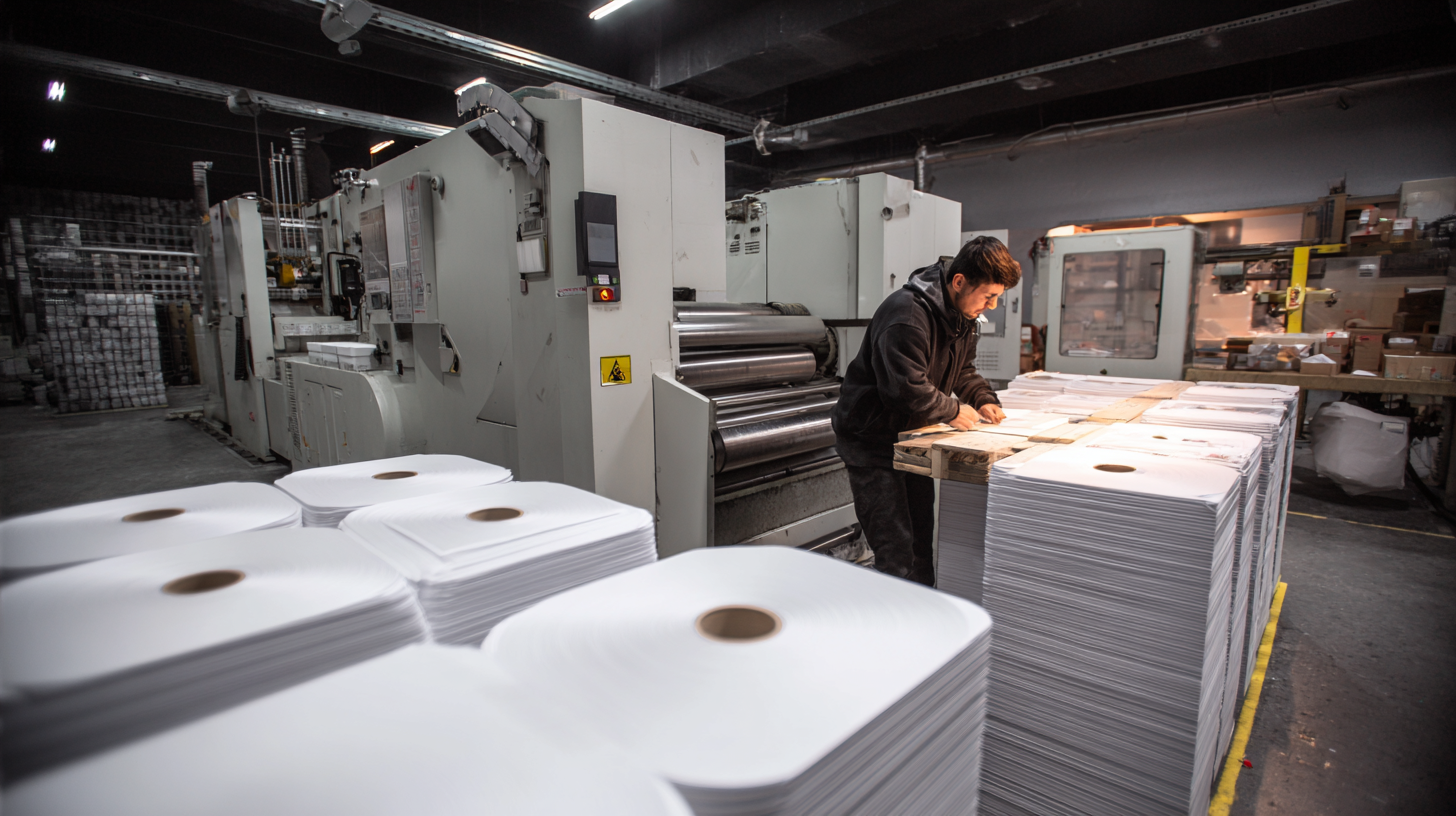
Identifying Bottlenecks in Your Printing and Packaging Workflow
Identifying bottlenecks in your printing and packaging workflow is crucial for enhancing overall efficiency. According to a report by Smithers Pira, the global packaging market is projected to reach $500 billion by 2024, emphasizing the need for streamlined operations in a rapidly growing industry.
Common bottlenecks such as inadequate equipment capacity, inefficient layout design, and lack of proper workforce training can significantly hinder productivity. By analyzing these areas for improvement, companies can make informed decisions that lead to optimized workflows.
Utilizing data-driven approaches can help identify specific bottlenecks in the printing and packaging process. For instance, a study published by the Printing Industries of America indicates that implementing automation can reduce operational costs by up to 30%. Furthermore, real-time monitoring tools can provide insights into production times and machine performance, enabling quick identification of delays and inefficiencies. By addressing these challenges, organizations can not only enhance their productivity but also contribute to a healthier bottom line in an increasingly competitive marketplace.
Leveraging Automation to Streamline Production Processes
In today's fast-paced manufacturing landscape, leveraging automation in the printing and packaging process is not just beneficial, it's essential. According to a report by the Smithers Pira, companies that integrate automated systems into their production lines can experience a productivity boost of up to 30%. This is achieved through reduced manual intervention, allowing for faster turnaround times and greater consistency in output. Automated processes, such as robotic arms for packaging or automated print quality inspections, minimize human error and enable operators to focus on more strategic tasks.
Additionally, recent data from the Association for Packaging and Processing Technologies reveals that 64% of manufacturers have reported a significant reduction in operational costs after implementing automation tools. By optimizing workflows with advanced technology, companies can ensure that raw materials are utilized more efficiently, thus reducing waste and enhancing sustainability efforts. Leveraging automation not only streamlines production processes but also positions businesses to respond swiftly to market demands, ultimately driving higher profitability and customer satisfaction.
Printing and Packaging Process Efficiency
This bar chart illustrates the average efficiency percentages of different automation technologies used in the printing and packaging industry over a year. The data emphasizes the importance of leveraging automation to streamline production processes for maximum efficiency.
Integrating Digital Tools for Enhanced Design and Planning
Integrating digital tools into the printing and packaging process can significantly enhance design and planning efficiency. According to a report from Smithers Pira, around 60% of packaging professionals believe that digital technology is a key driver of innovation in their industry. By leveraging advanced software solutions for design and visualization, companies can streamline their workflows, reduce development times, and improve accuracy. Tools such as 3D modeling and augmented reality enable designers to create more compelling packaging while allowing stakeholders to visualize the product before it goes into production.
Additionally, digital tools facilitate better collaboration among teams and partners. A survey by the Packaging Association found that firms using integrated digital platforms experienced a 30% reduction in project turnaround time. This is largely due to real-time updates and cloud-based communication, which minimize delays caused by traditional methods. Emphasizing the use of digital solutions in packaging not only enhances design responsiveness but also enables companies to adapt quickly to market trends, ultimately contributing to greater operational efficiency.
How to Optimize Your Printing and Packaging Process for Maximum Efficiency - Integrating Digital Tools for Enhanced Design and Planning
| Process Stage | Digital Tool | Efficiency Improvement (%) | Cost Reduction (%) |
|---|---|---|---|
| Design Phase | 3D Design Software | 20% | 15% |
| Pre-Press Setup | Workflow Automation | 30% | 25% |
| Production | Digital Printing Technology | 40% | 35% |
| Post-Production | Quality Control Software | 25% | 20% |
| Packaging | Packaging Design Software | 15% | 10% |
Implementing Sustainable Practices to Reduce Waste and Costs
Implementing sustainable practices in the printing and packaging industry is essential not only for environmental preservation but also for reducing operational costs. By incorporating recycled materials and eco-friendly inks, companies can minimize their resource consumption while still maintaining high-quality output. Using biodegradable packaging options can dramatically decrease landfill waste and enhance a brand's reputation among increasingly environmentally conscious consumers. This shift not only aligns with global sustainability goals but also creates a competitive edge in a crowded market.
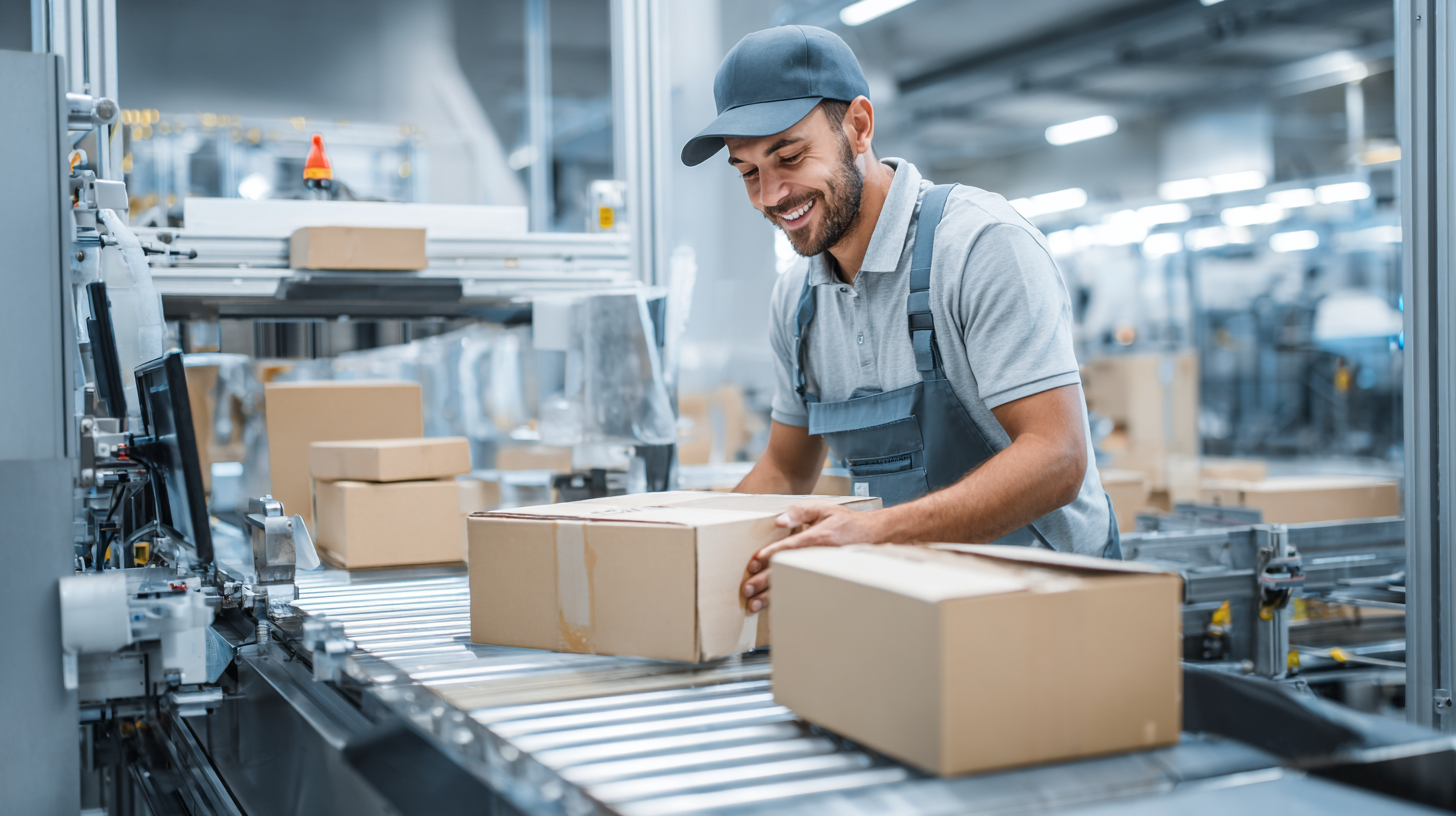
Additionally, optimizing the printing process by investing in energy-efficient machinery can reduce electricity consumption, further lowering costs. Using digital printing technologies can also streamline production by minimizing setup times and waste caused by printing errors. Training staff on waste reduction practices and encouraging a culture of sustainability within the company can further enhance these efforts. In doing so, businesses not only adhere to sustainable practices but also create a more efficient workflow that can lead to significant long-term savings.
Measuring Performance Metrics for Continuous Improvement in Efficiency
Measuring performance metrics is crucial for optimizing printing and packaging processes. According to a recent report by Smithers Pira, the packaging industry is expected to grow by 3.5% annually, underscoring the need for companies to enhance their operational efficiencies to remain competitive. Key performance indicators (KPIs) such as production speed, waste reduction, and equipment uptime must be meticulously tracked to identify areas for improvement. For instance, companies that implement automated monitoring systems can achieve a 20% reduction in waste, directly impacting their bottom line.
Continuous improvement is achievable through regular analysis of these metrics. The National Association of Manufacturers states that manufacturers that adopt lean management techniques can improve productivity by up to 30%. By utilizing data analytics, businesses can pinpoint inefficiencies in their workflows, reduce cycle times, and optimize inventory levels. Furthermore, integrating technology such as IoT devices can facilitate real-time data collection, leading to proactive decision-making and enhanced operational effectiveness. By prioritizing these performance metrics, organizations can foster a culture of continuous advancement, paving the way for sustained growth and profitability in an increasingly competitive market.
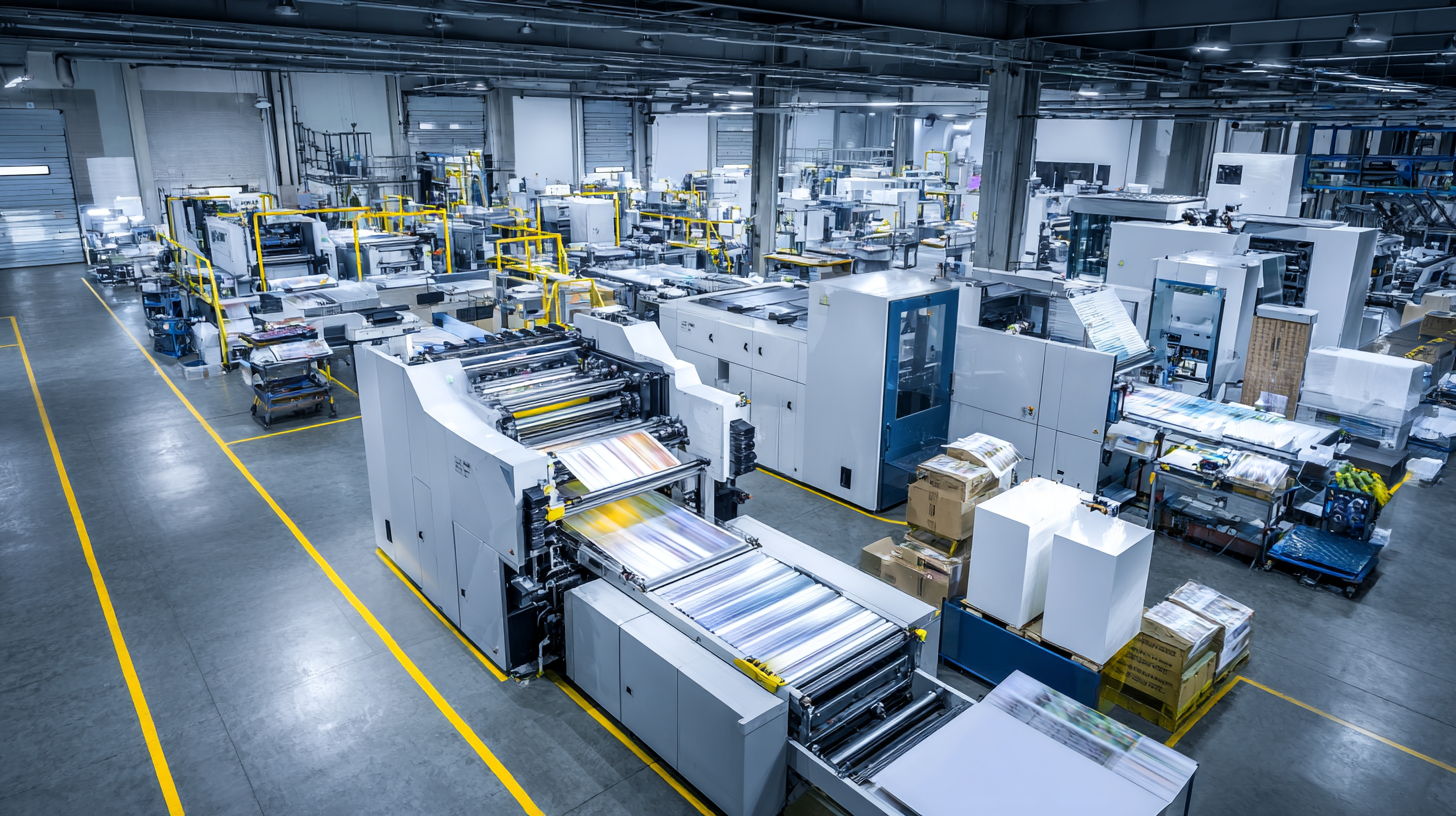
Related Posts
-
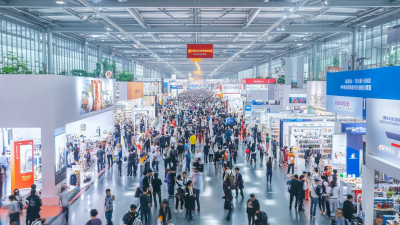
Unlocking Global Opportunities: Insights from the 137th Canton Fair for Packaging Printing Suppliers
-
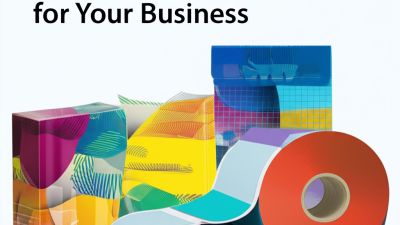
Advantages of Choosing the Best Package Printing for Your Business
-

What is the Importance of Package Printing in Modern Marketing Strategies
-
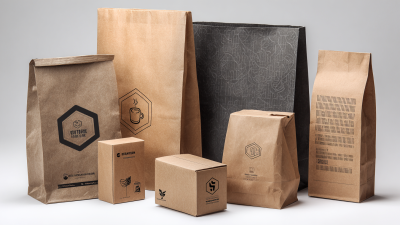
Unlocking the Advantages of Using the Best Printed Packaging Bags for Your Business Packaging Needs
-
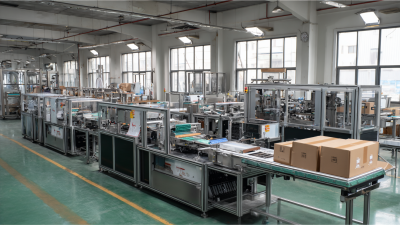
Global Certification Trends in Food Packaging Equipment 2023 Insights for Buyers
-
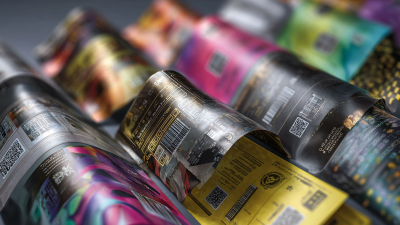
Digital Artistry Tips for Achieving the Best Flexible Packaging Printing
